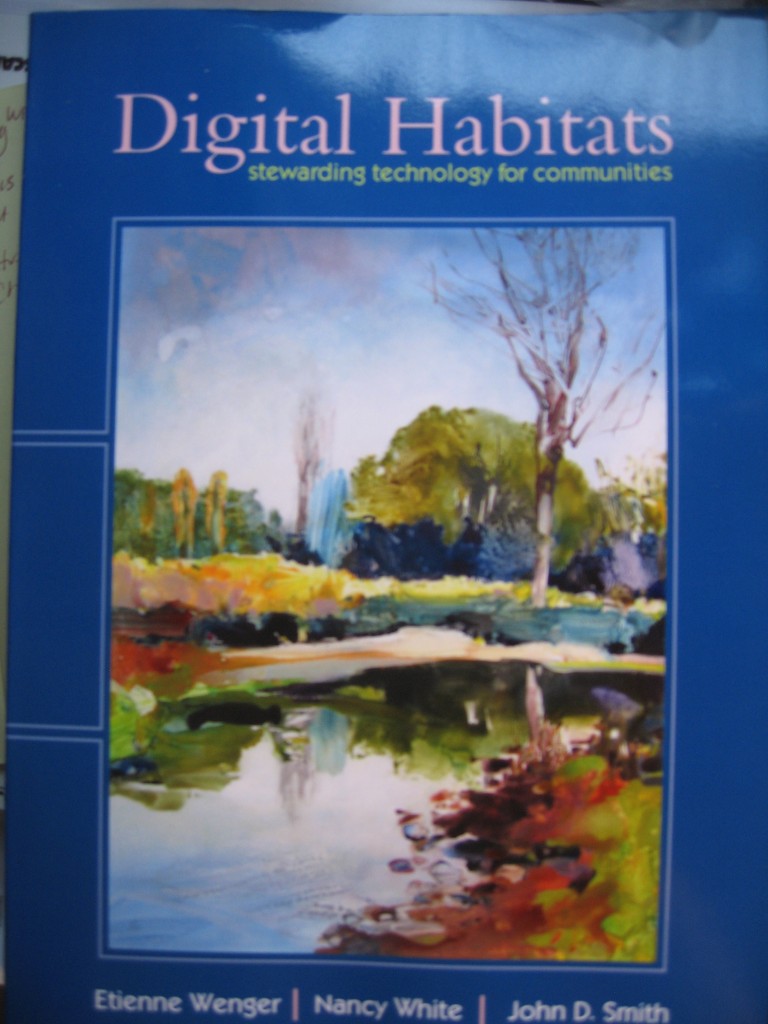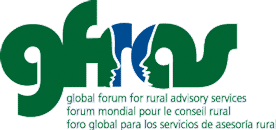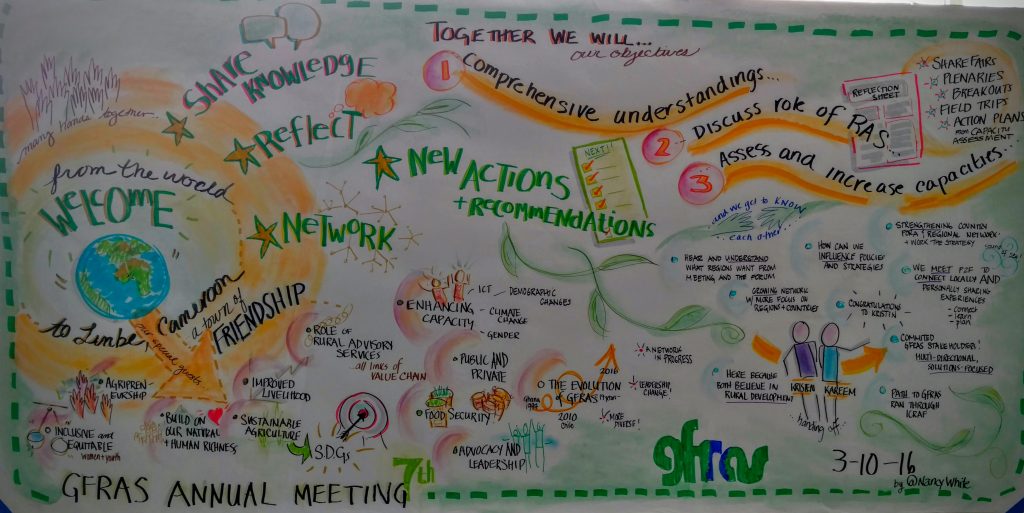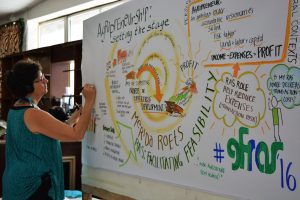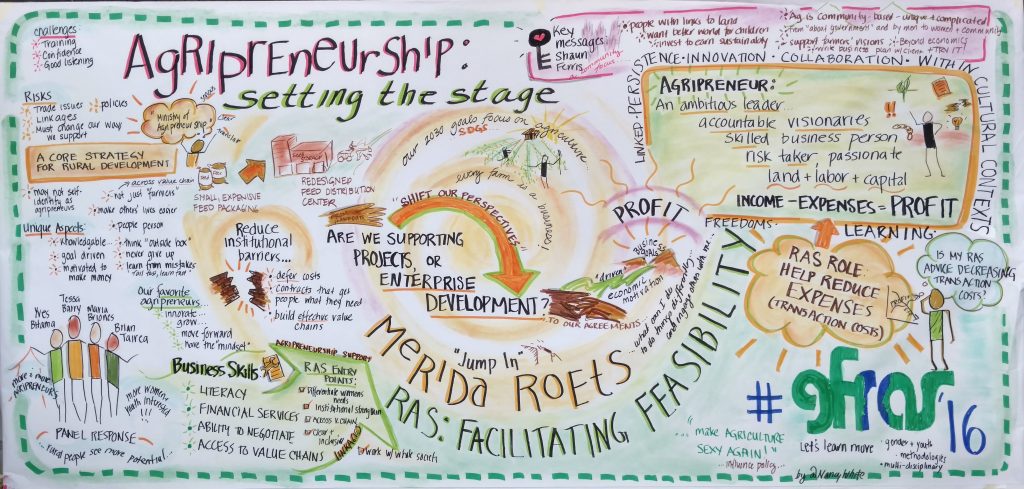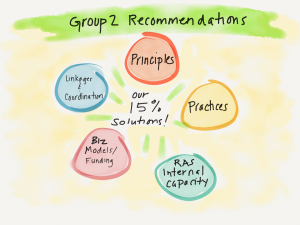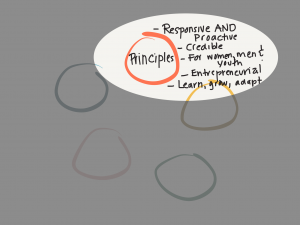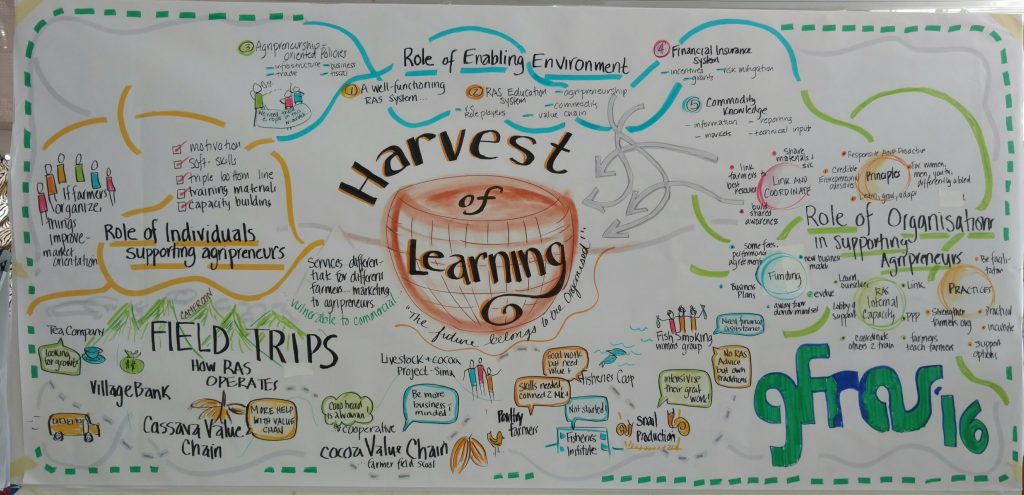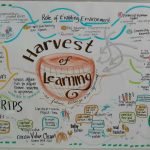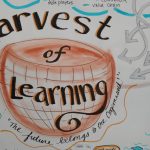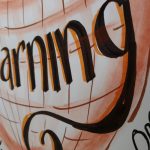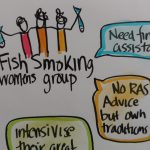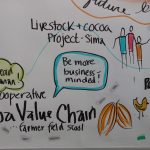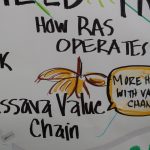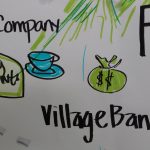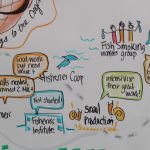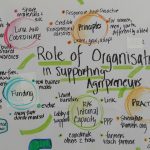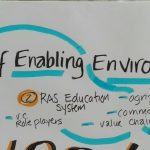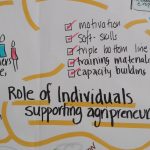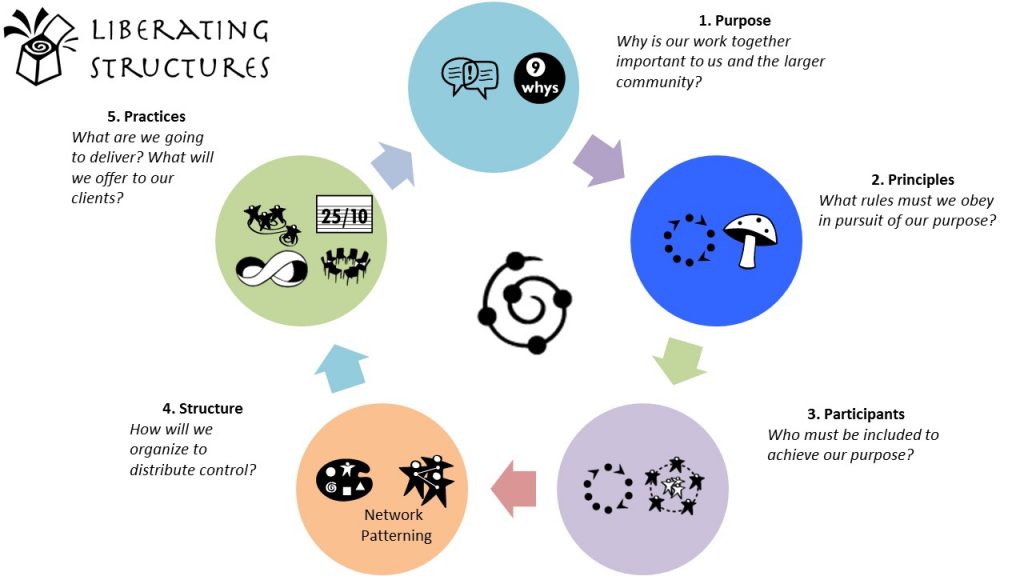 As readers of my blog may have noticed, I’ve mentioned Liberating Structures more and more over the past two years. I’ve used them extensively with clients, but I don’t often get the chance to write publicly about that work. The great folks at the Fire Adapted Communities Network gave me permission to share my process “download” with you. It prompted me to a bit of year end reflection that requires more than one post. So here we go! This is a bit of a mishmosh of work and conversations that came prior as well. Consider this first post the rationale, or reasons for my shift towards Liberating Structures. The second post will show up here. (When I get it finished!)
As readers of my blog may have noticed, I’ve mentioned Liberating Structures more and more over the past two years. I’ve used them extensively with clients, but I don’t often get the chance to write publicly about that work. The great folks at the Fire Adapted Communities Network gave me permission to share my process “download” with you. It prompted me to a bit of year end reflection that requires more than one post. So here we go! This is a bit of a mishmosh of work and conversations that came prior as well. Consider this first post the rationale, or reasons for my shift towards Liberating Structures. The second post will show up here. (When I get it finished!)
What my clients have been asking for a lot is something that falls into the general category of a “retreat” to examine progress, consider current conditions and plan for the future. In almost every case there has been internal or external factors that make these moments in time feel like inflection or turning points. Policy changes due to political shifts. Growth in networks. Shifting priorities. Emerging possibilities. All of these could be addressed with “traditional strategic planning.” But I have realized I don’t do this anymore. Forget your SWOT analysis. I’m fully into the “liberating planning” space.
This first pots gives an overview of genesis of what I’ve been doing comes out of some work Keith McCandless and I did at the University of Michigan immersion last Spring, conversations with Keith, Fisher and other LS pals, and all the gatherings that have come before me with my clients. (THANK YOU CLIENTS! I LOVE YOU!) Some of the key themes that keep croping up include:
A Portfolio Perspective
Very few organizations or even projects have just one element. The group/organization/person needs to take a portfolio perspective on planning which is quite different than, for example, “planning a project.” This thinking was first introduced to me by Rachel Cardone when she was managing a portfolio of investments in the water, sanitation and hygiene area.
When you work at the portfolio level, you are looking not for a single success (or failure), but for signals that can show how to move the whole field forward. You want to do rapid “safe fail” probes and experimentation in areas of uncertainty, and then scale up more mature results. This is very consistent with the Cynefin Framework of Snowden and friends. And,among many useful things, Ecocycle Planning in Liberating Structures is an amazing porfolio oriented approach.
That said, few non profits or NGOs talk about managing their portfolios. I most often see a project and project management perspective, something that exists over a totally artificial three year grant funding cycle, that dominates the narrative. And within that narrative are the holy pair of impact and scaling up and out. Figure it out and then replicate the you-know-what out of it. So why aren’t all our problems solved? How are we relating that to strategy? That brings up the second area.
Complexity
Most of the challenges people are facing are not simple cause/effect problems. They are muliti factoral, often unpredictable which makes them complex. Now don’t get all wobbly kneed with the C word. It does NOT mean that things are SO complex, we simply can’t address the complexity. There are plenty of scholars and practitioners who have proved otherwise. And I don’t just mean to pretend a problem is simple and try to solve it that way.
The implication for my work is that people need a handle on complexity, something that allows them to recognize it, work with it, and not get overwhelmed. Think about the 2030 Sustainable Development goals. At one level there are 17 rational appearing goals:
- End poverty in all its forms everywhere
- End hunger, achieve food security and improved nutrition, and promote sustainable agriculture
- Ensure healthy lives and promote well-being for all at all ages
- Ensure inclusive and equitable quality education and promote life-long learning opportunities for all
- Achieve gender equality and empower all women and girls
- Ensure availability and sustainable management of water and sanitation for all
- Ensure access to affordable, reliable, sustainable, and modern energy for all
- Promote sustained, inclusive and sustainable economic growth, full and productive employment and decent work for all
- Build resilient infrastructure, promote inclusive and sustainable industrialization and foster innovation
- Reduce inequality within and among countries
- Make cities and human settlements inclusive, safe, resilient and sustainable
- Ensure sustainable consumption and production patterns
- Take urgent action to combat climate change and its impacts (in line with the United Nations Framework Convention on Climate Change)
- Conserve and sustainably use the oceans, seas and marine resources for sustainable development
- Protect, restore and promote sustainable use of terrestrial ecosystems, sustainably manage forests, combat desertification, and halt and reverse land degradation and halt biodiversity loss
- Promote peaceful and inclusive societies for sustainable development, provide access to justice for all and build effective, accountable and inclusive institutions at all levels
- Strengthen the means of implementation and revitalize the global partnership for sustainable development
Then start thinking about how these 17 are all emmeshed with each other. Dive into the links and look at the many layers of indicators and outcomes. Does your head hurt yet? (The sheer number of PDFs makes my head hurt!) Should that stop us from taking action? NOOOOOO…. If we are to tackle system level problems, we need a repertoire suited from complex contexts. Look at the work of Cognitive Edge (alas, now most of the methods are behind a paywall), Harold Jarche (and..), and many others.
The patterns I notice across these and other useful processes for working in a complex context are these:
- they ask us to shift our perspective about how past experiences inform our present analysis,
- they support the emergent (often unpredictable), and,
- they are iterative.
All these ask us to practice a different mindset for planning. These approaches are also attracting REALLY INTERESTING people. That, of course, attracts me.
It’s the People
Yes, those people. If I were to admit it, it is the people, not the complexity that draws me in! Interesting people who really want to get things done are tackling these tough problems. They are passionate, open, hard working and they deserve practices that acknowledge the wisdom and intelligence of all actors (well, we all say/do some stupid things too. I do. Don’t you?) They deserve not to be tortured by boring meetings, poor process and feeble results. Work, learning, doing –> all is ready for liberation. And that includes how we plan for our work, learning, doing and yes, even serious play.
So there you have it in a messy nutshell: what drives me in my work. On to part 2 to talk about this strategic practice that has been emerging for me.
